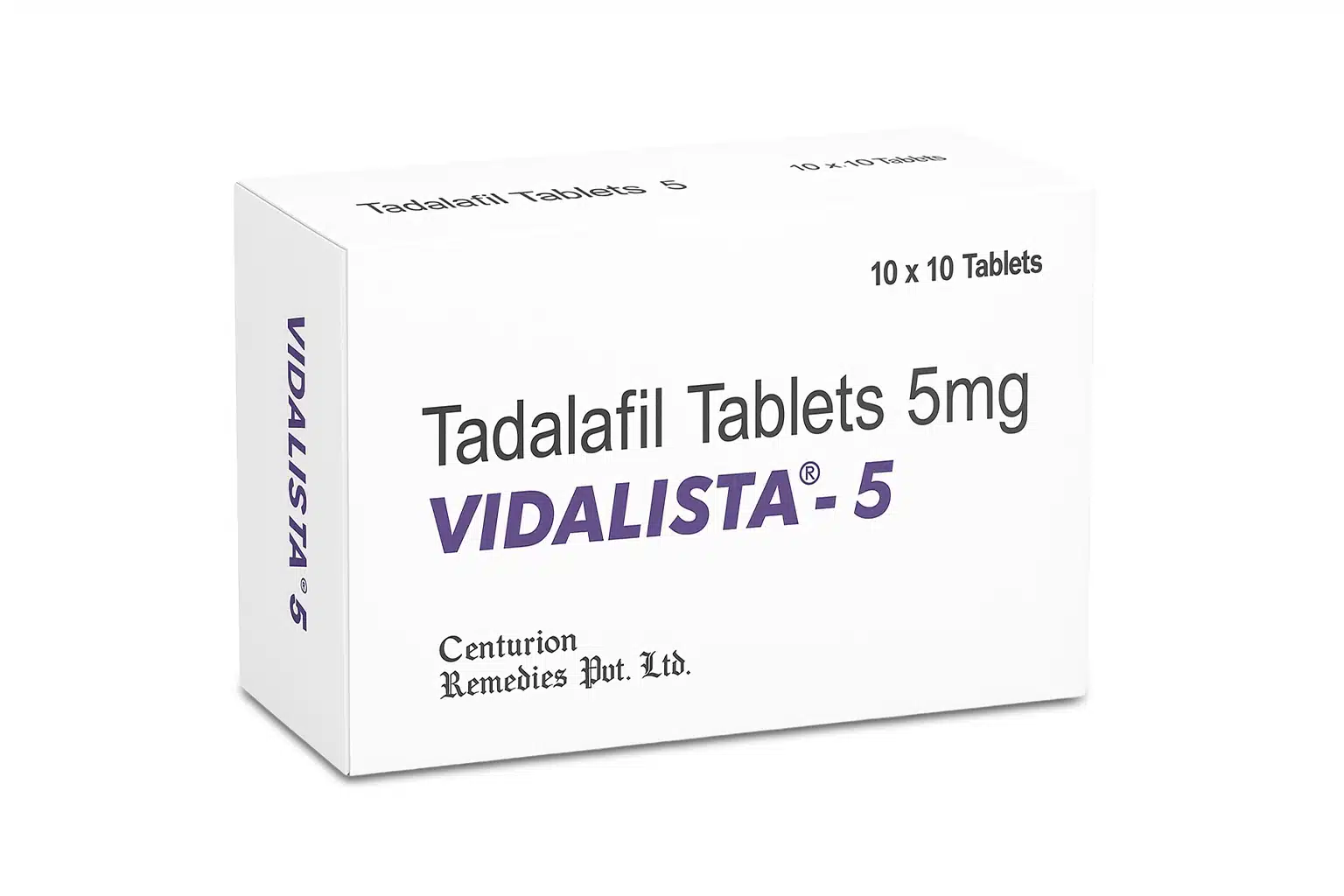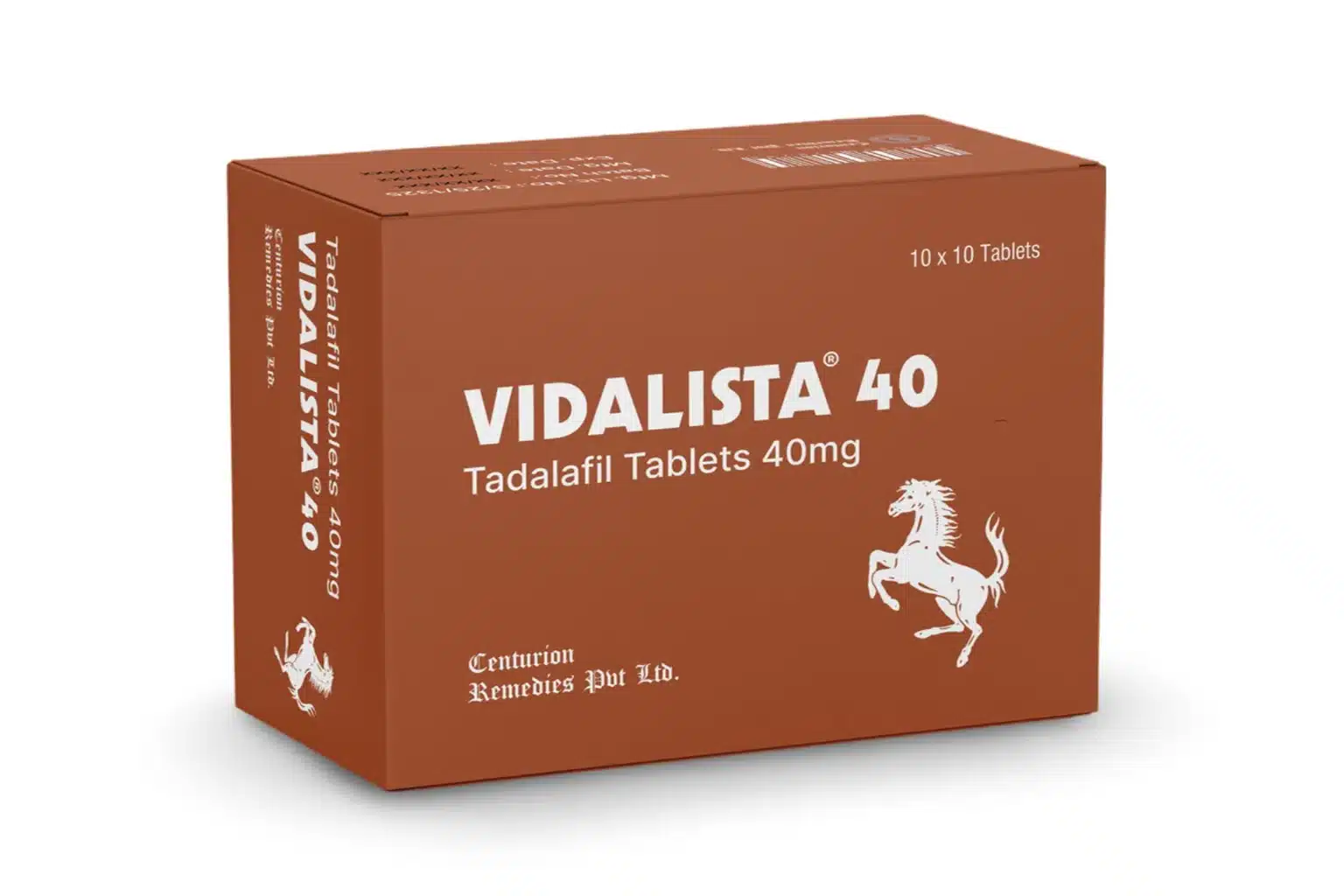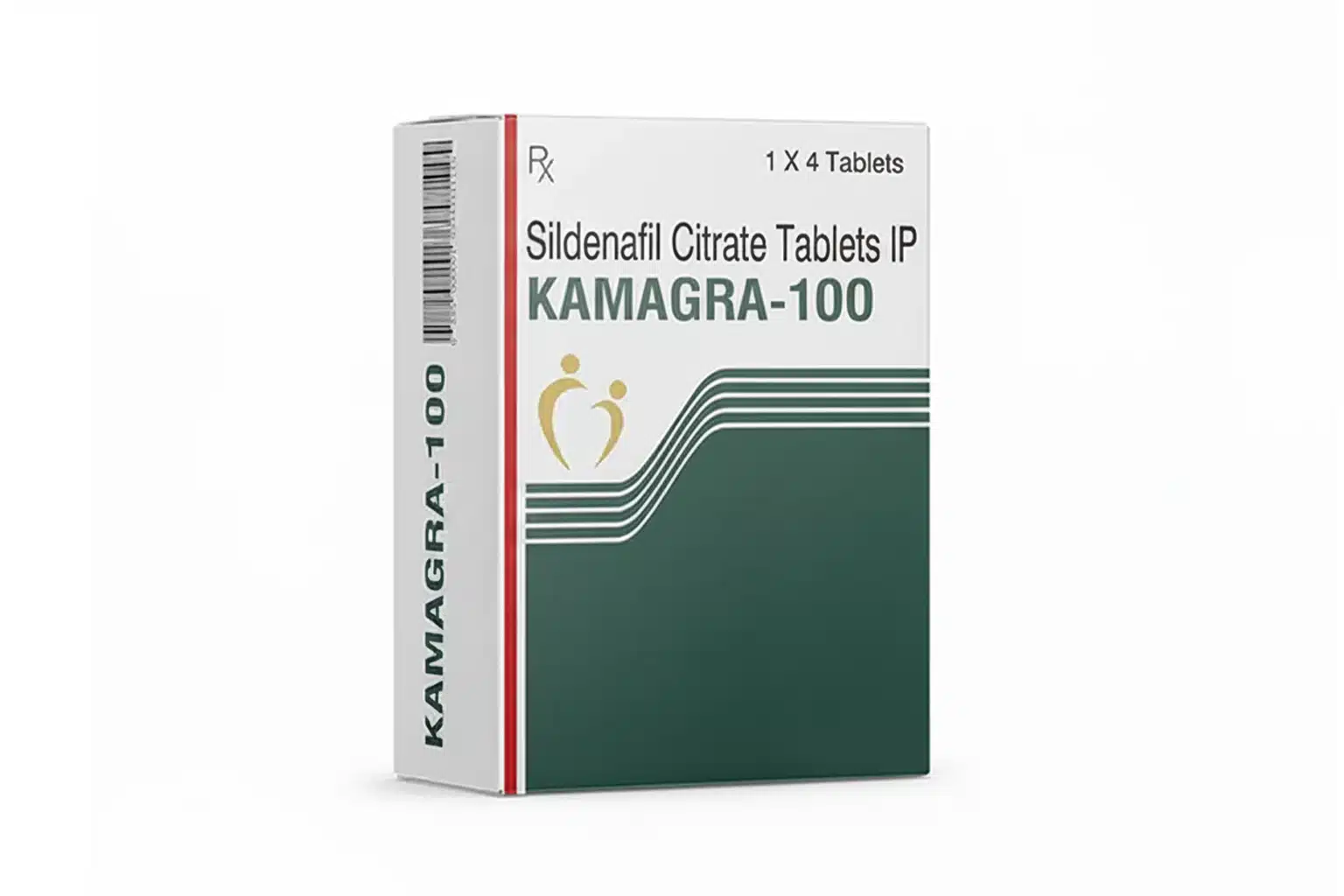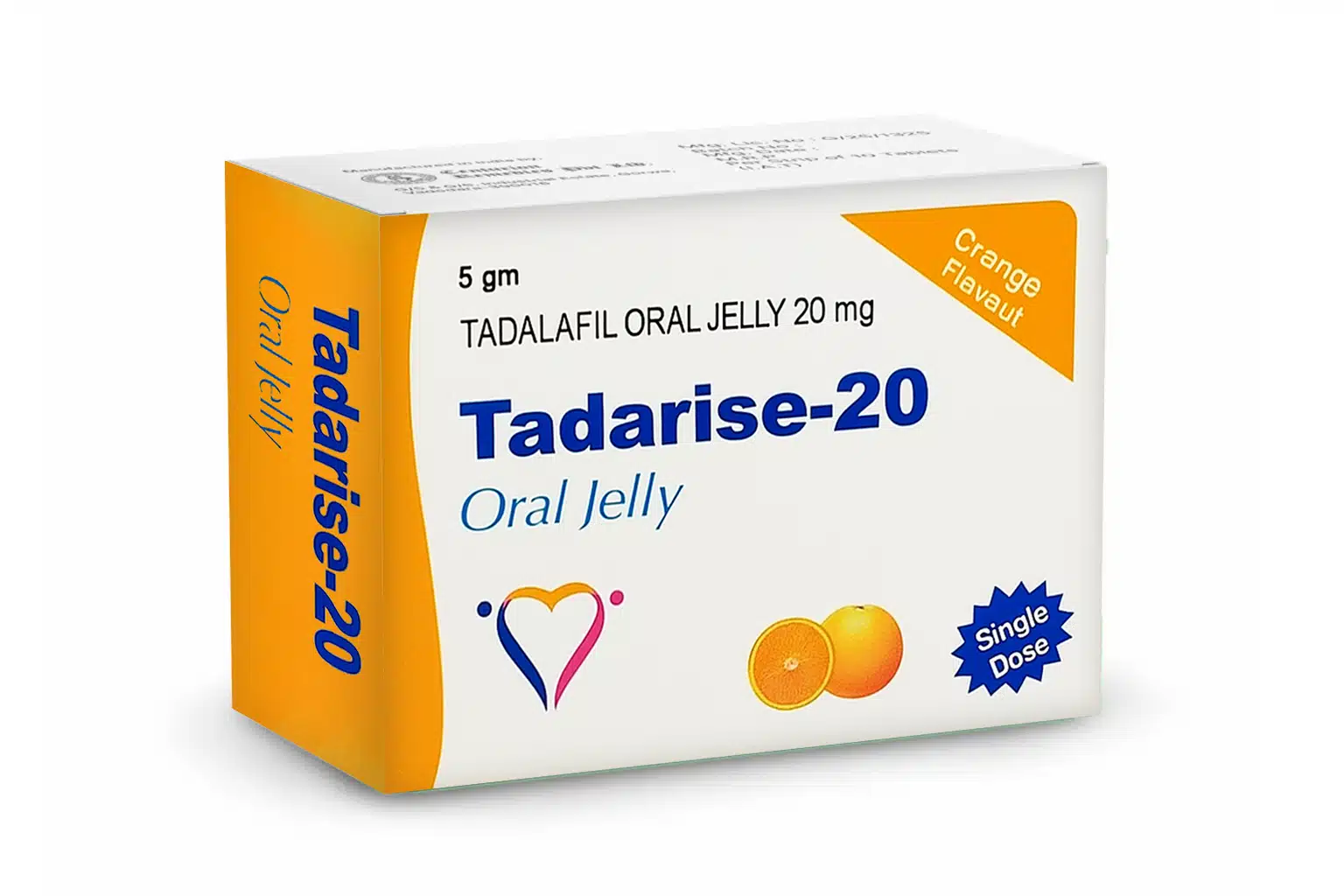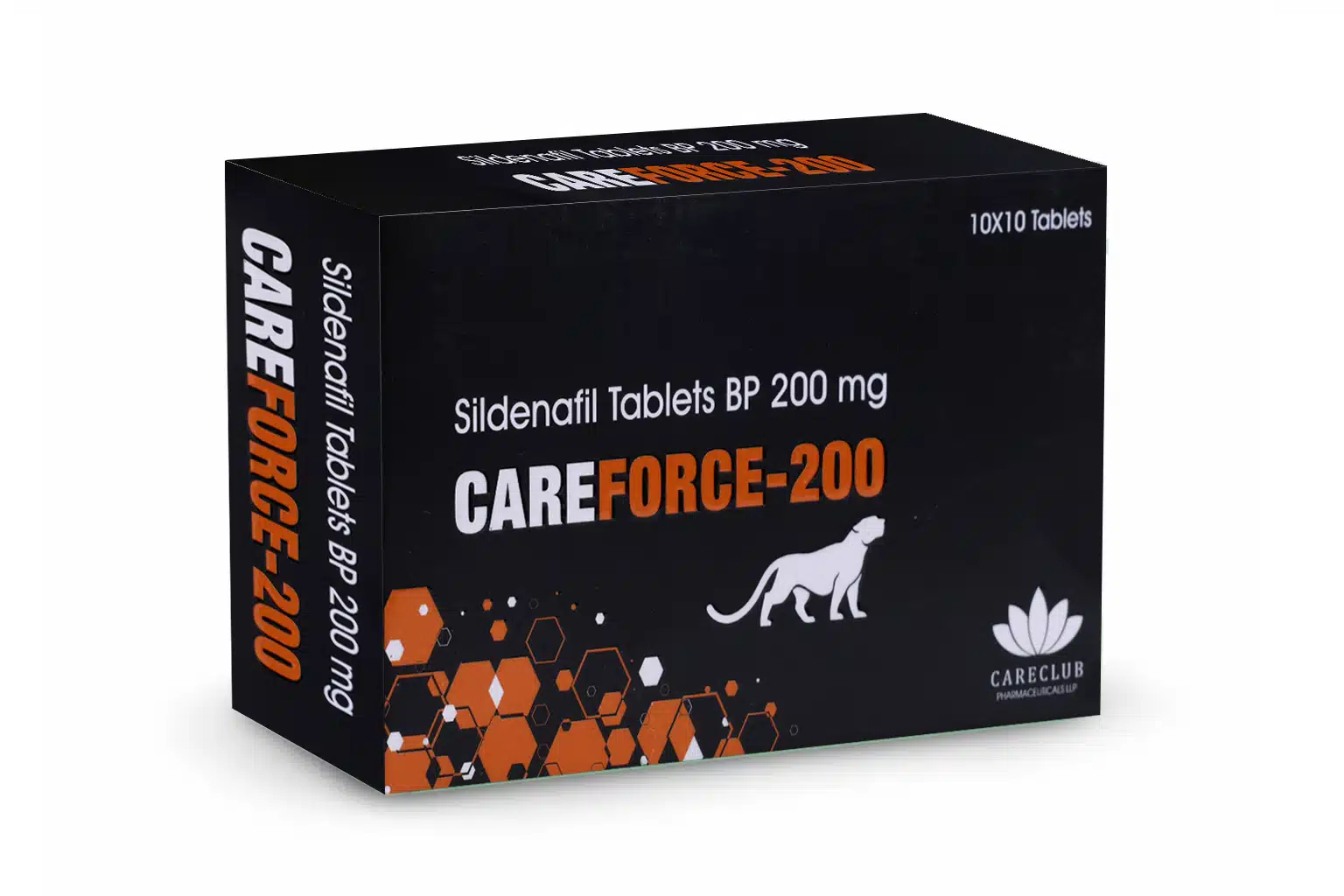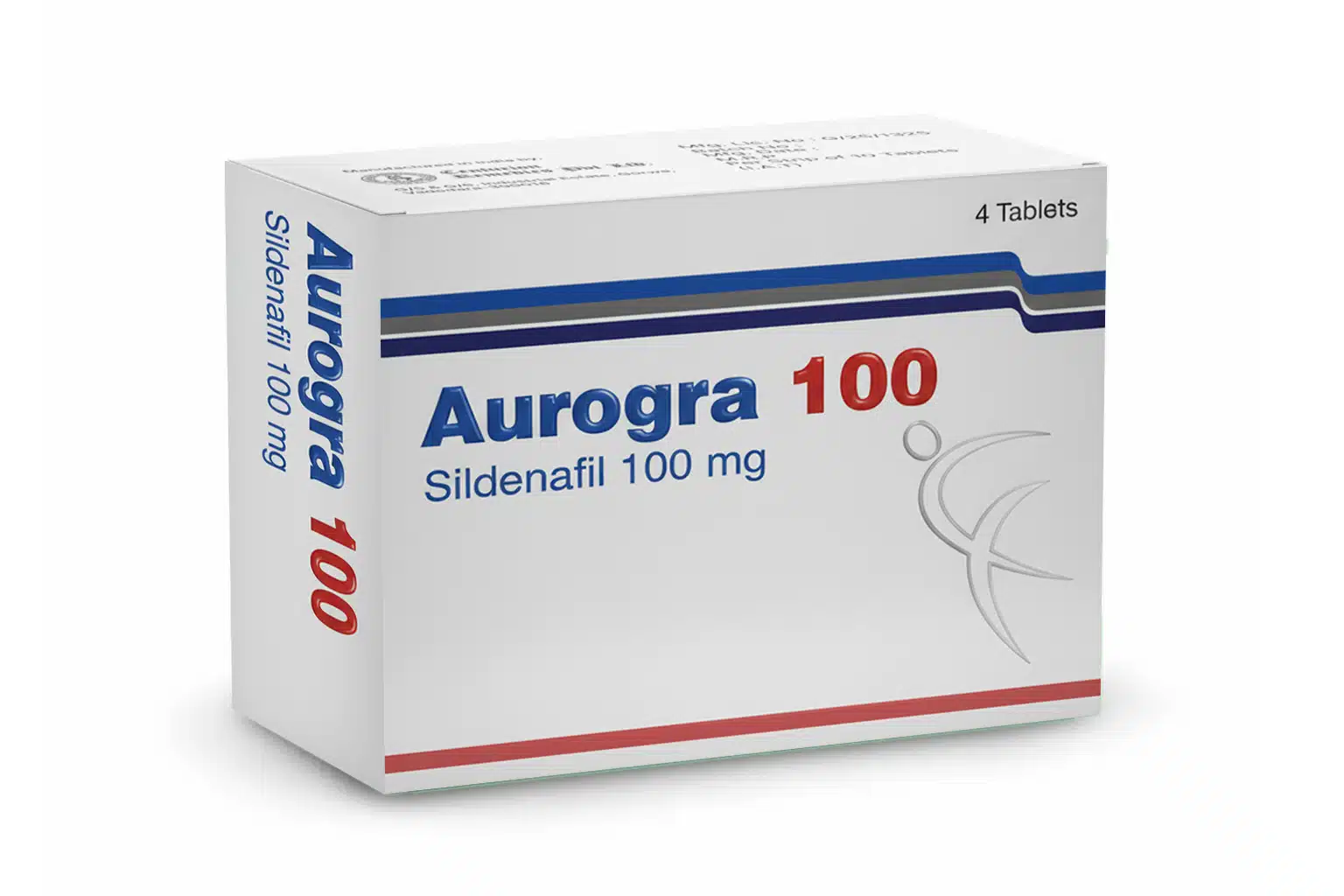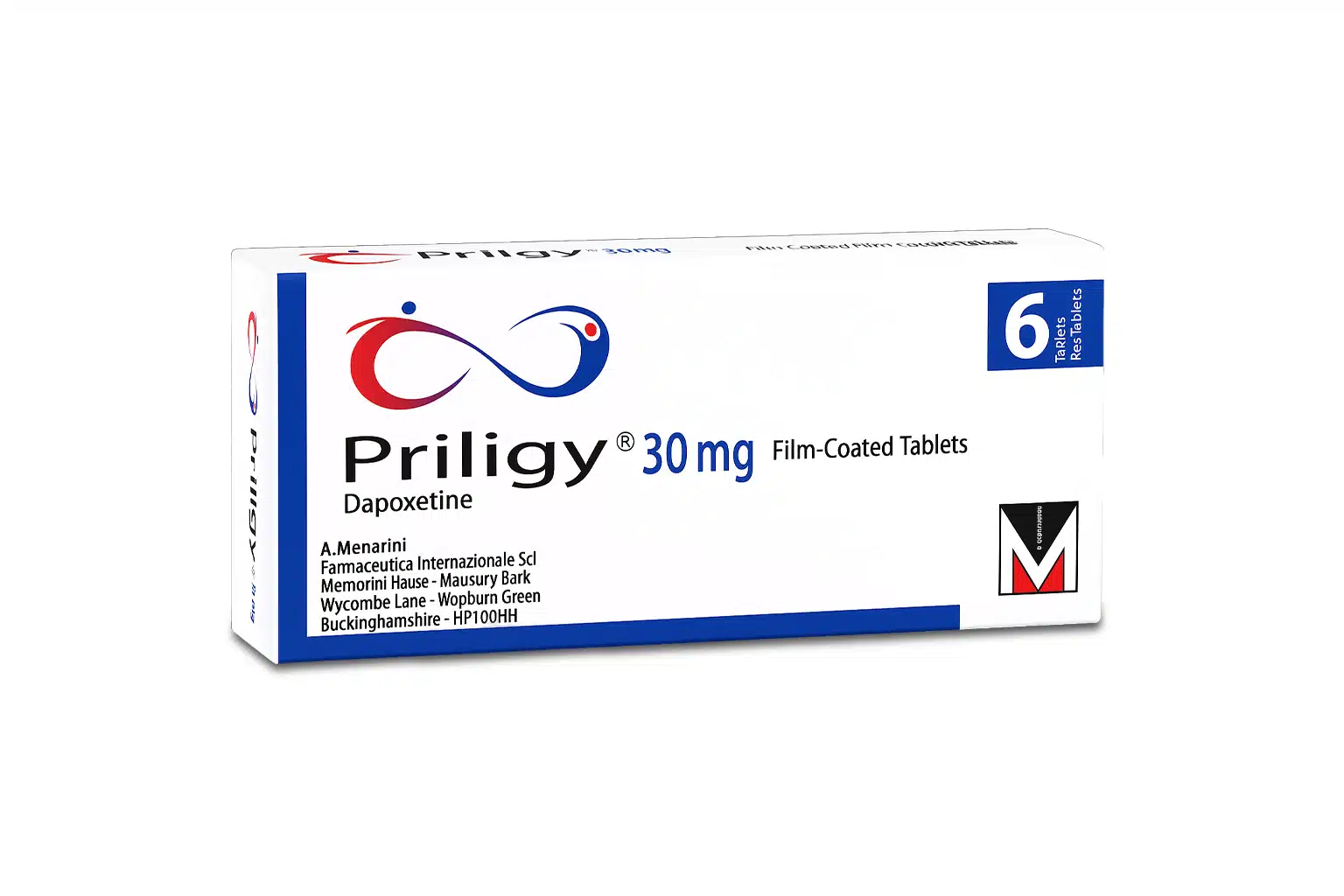Erectile dysfunction (ED) is common and often painful to talk about. Most men first try pills drugs such as Aurogra 100 Mg (a sildenafil formulation) are reliable for many because they temporarily boost blood flow and help produce an erection. But pills treat the symptom, not the damage. That’s why the idea of stem cell therapy is so compelling: it aims to fix what’s broken, not just switch the lights on for a few hours.

What exactly is stem cell therapy?
In simple terms, stem cells are blank-slate cells that can become many types of tissue. In regenerative medicine, clinicians collect stem cells (from a patient’s fat or bone marrow, or from donor sources), prepare them, and deliver them to damaged tissue. For ED, that usually means injecting stem cells into the penis or nearby structures so they can promote new blood vessels, reduce scarring, and support nerve healing. The goal is not a one-off boost, but structural repair that restores natural erectile function.
How could stem cells actually fix ED?
Three practical ways keep coming up in the literature:
- Rebuilding blood supply. Stem cells release growth factors that stimulate angiogenesis — the formation of new blood vessels — improving penile blood flow.
- Repairing smooth muscle and tissue. They help regenerate the spongy erectile tissue and reduce fibrosis (scar formation) that makes erections harder to achieve.
- Supporting nerve recovery. After nerve injury (for example, after prostate surgery), stem cells may encourage nerve repair or functional recovery.
All three mechanisms target the root causes of many types of ED, not just the temporary symptoms. That’s what distinguishes regenerative approaches from drugs like sildenafil.
What does the clinical evidence say right now?
Short answer: encouraging but still early. Animal studies have repeatedly shown improved blood flow, better erectile responses, and tissue repair after stem cell treatment. Small human trials — often phase 1 or phase 2 studies — report improved erectile scores and better penile hemodynamics in many participants, including men who did not respond to standard pills. However, sample sizes have been small, methods vary, and longer-term evidence is limited. Larger, rigorously controlled trials are underway to nail down optimal dosing, delivery methods, and durability of effect. In short, the results point to promise, but we need bigger, high-quality trials before calling it a standard cure.
Who might benefit most?
Based on current studies and expert opinion, the men who may get the biggest gains are:
- Those with post-surgical nerve injury (e.g., after radical prostatectomy).
- Men with diabetes-related ED, where vascular damage is a key issue.
- Patients who failed oral therapy (including pills like Aurogra 100 Mg) and want a potentially longer-term option.
That said, individual responses vary—some men show large improvements, others modest. A thorough urologic workup and discussion with a specialist are essential before considering any stem cell treatment.
Safety, risks and regulatory status
So far, small studies report few serious short-term adverse events, especially when using a patient’s own (autologous) stem cells. Still, stem cell therapy for ED remains experimental in most countries and is not an FDA-approved mainstream treatment for ED. That means many clinics offering the service may operate outside large clinical trials, and oversight/standards can vary. Long-term safety — including risks of abnormal tissue growth or other unforeseen effects — needs more study. If you’re considering this, choose centers involved in formal clinical trials or run by recognized academic/urology programs.
Best Seller
-
Cenforce 100 Mg
Best Seller$24.00 – $215.00Price range: $24.00 through $215.00Rated 5.00 out of 5Shop Now This product has multiple variants. The options may be chosen on the product page -
Vidalista 5 Mg
Best Seller$18.00 – $182.00Price range: $18.00 through $182.00Rated 4.00 out of 5Shop Now This product has multiple variants. The options may be chosen on the product page -
Vidalista 40 Mg
Best Seller$28.00 – $276.00Price range: $28.00 through $276.00Rated 4.00 out of 5Shop Now This product has multiple variants. The options may be chosen on the product page -
Cenforce 200 Mg
best sellers$31.00 – $335.00Price range: $31.00 through $335.00Rated 4.00 out of 5Shop Now This product has multiple variants. The options may be chosen on the product page -
Cenforce Fm
Best Seller$33.00 – $218.00Price range: $33.00 through $218.00Rated 4.00 out of 5Shop Now This product has multiple variants. The options may be chosen on the product page -
Kamagra 100 mg
best sellers$24.00 – $125.00Price range: $24.00 through $125.00Rated 5.00 out of 5Shop Now This product has multiple variants. The options may be chosen on the product page -
Fildena 100 mg
best sellers$24.00 – $244.00Price range: $24.00 through $244.00Rated 4.00 out of 5Shop Now This product has multiple variants. The options may be chosen on the product page -
Malegra Oral Jelly 100 Mg
Best Seller$8.00 – $44.00Price range: $8.00 through $44.00Rated 5.00 out of 5Shop Now This product has multiple variants. The options may be chosen on the product page -
Super Kamagra Oral Jelly
Best Seller$25.00 – $120.00Price range: $25.00 through $120.00Rated 4.00 out of 5Shop Now This product has multiple variants. The options may be chosen on the product page -
Tadarise Oral Jelly
Best Seller$19.00 – $72.00Price range: $19.00 through $72.00Rated 4.00 out of 5Shop Now This product has multiple variants. The options may be chosen on the product page -
Careforce 200 Mg
Best Seller$29.00 – $332.00Price range: $29.00 through $332.00Rated 5.00 out of 5Shop Now This product has multiple variants. The options may be chosen on the product page -
Stallegra 100 Mg
best sellers$88.00 – $224.00Price range: $88.00 through $224.00Rated 5.00 out of 5Shop Now This product has multiple variants. The options may be chosen on the product page -
Exclusive
Aurogra 100 Mg
best sellers$29.00 – $76.00Price range: $29.00 through $76.00Rated 4.00 out of 5Shop Now This product has multiple variants. The options may be chosen on the product page -
Priligy 30mg
best sellers$22.00 – $156.00Price range: $22.00 through $156.00Rated 4.00 out of 5Shop Now This product has multiple variants. The options may be chosen on the product page
Cost and availability
Expect this to be a pricey option for now. Because most regenerative treatments for ED are experimental, insurance rarely covers them. Prices vary widely by clinic and country — some private clinics charge several thousand dollars per treatment round, while compounding or trial-based protocols may differ. Budget-wise, plan for a significant out-of-pocket expense unless you join a funded clinical trial.
How does stem cell therapy compare to pills and injections?
- Pills (like Aurogra 100 Mg): Fast, cheap, and widely available. They work symptomatically by improving blood flow during sexual stimulation, but their effect is temporary.
- Penile injections or pumps: Offer a dependable erection on demand, useful when pills fail, but they don’t repair tissue.
- Stem cells: Aim to restore normal biology — potentially reducing dependence on pills or devices down the line. That’s the big difference: symptomatic relief versus regenerative intent.
Practical advice if you’re exploring this route
- Talk to a urologist who specializes in sexual medicine. Don’t book a random clinic without clinical oversight.
- Check for clinical trials. Trials offer rigorous protocols, oversight, and sometimes reduced cost.
- Ask about cell source and processing. Autologous (your own) cells have different risk/benefit profiles than donor-derived products.
- Get baseline testing. Vascular studies and nerve assessments help predict whether you’re a good candidate.
- Be skeptical of guaranteed claims. Anyone promising a guaranteed cure is red-flag territory.
The outlook — cautious optimism
Regenerative medicine is moving fast. In the next five to ten years we may see more standardized protocols, clearer pricing, and stronger data about who benefits most. For now, stem cell therapy represents hope — a potential path toward reducing reliance on pills like Aurogra 100 Mg and restoring natural erectile function — but it’s not yet a universally accepted cure.
FAQs
1. Is stem cell therapy for ED FDA-approved?
Not as a standard, approved ED cure — most use is experimental or within clinical trials.
2. How long until I’d see results?
There is a lack of long-term data and durability varies, although early studies indicate improvements over weeks to months.
3. Is it superior to 100 mg of Aurogra?
They have distinct functions. Aurogra 100 mg is a short-term solution. Stem cells aim for longer-term repair — but are still experimental.
4. Should I try a private clinic offering this?
Prefer trials at reputable centers. If considering a private clinic, verify the team’s credentials and ask for published outcome data.
5. How much does stem cell therapy for ED cost?
Because it’s still experimental, most insurance plans don’t cover it. Costs usually range from a few thousand dollars per session, and sometimes multiple sessions are required. The price also depends on the clinic, country, and whether it’s part of a clinical trial.
Selected sources for further reading
- Ongoing clinical trials listing (ClinicalTrials.gov). ClinicalTrials.gov
- Reviews on stem cell mechanisms and promise for ED (Stem Cell Research). BioMed Central
- MedlinePlus — sildenafil basics (for pill comparisons). MedlinePlus


